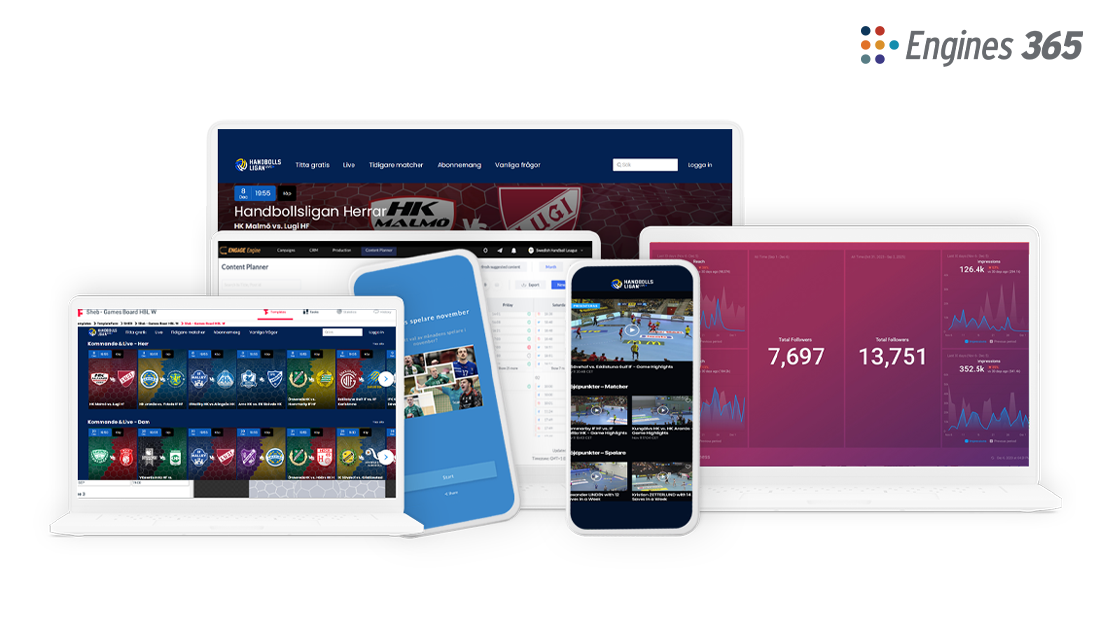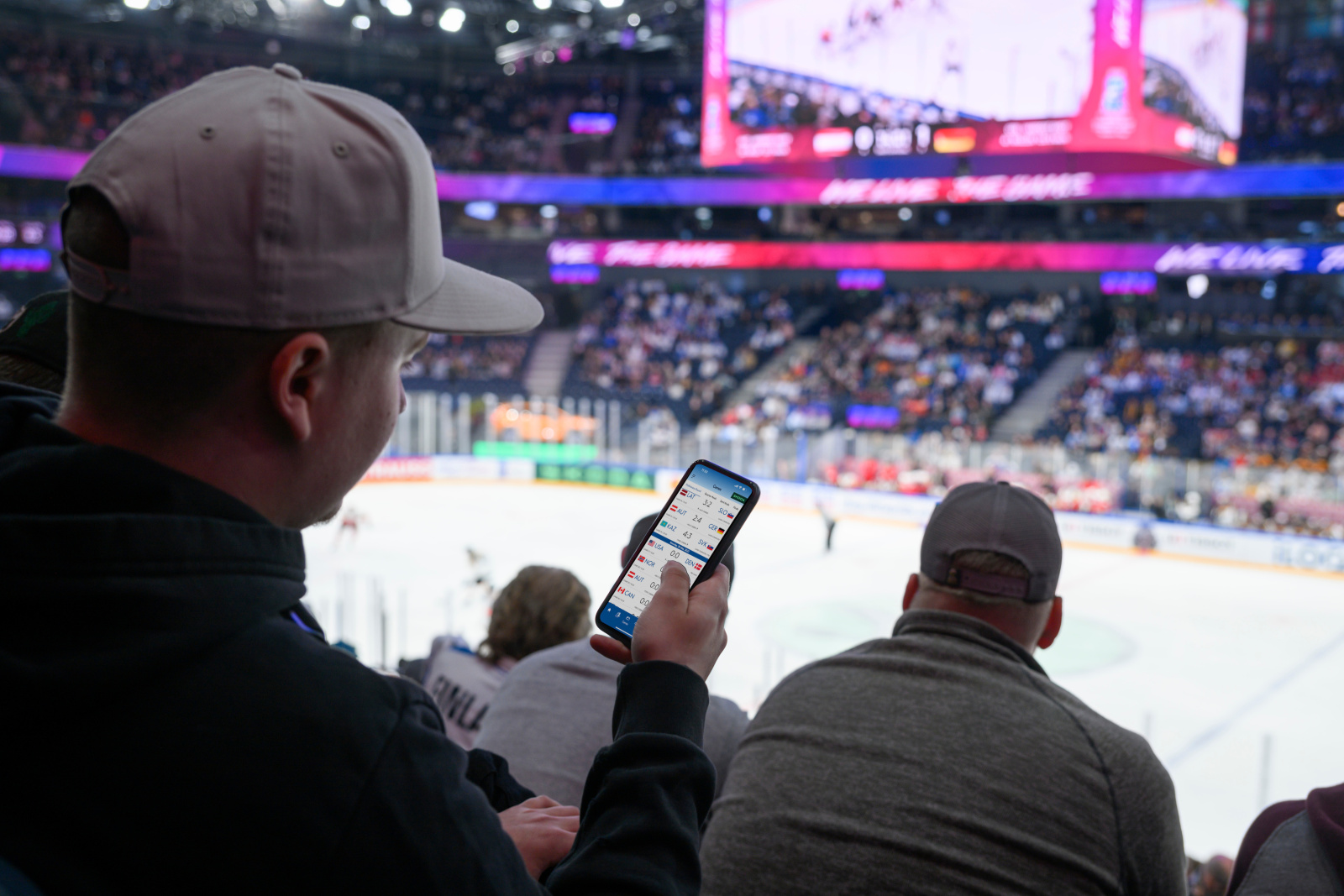Discover how AI is revolutionizing the world of sports, from player tracking and injury prevention to fan engagement and real-time data broadcasting.
Artificial Intelligence (AI) has been making waves in many industries, and the world of sports is no exception. The technology is being leveraged in various ways to help athletes and teams perform better, prevent injuries, engage fans and improve broadcasting experiences. From player tracking and analysis to automated coaching, fan engagement and real-time data broadcasting, AI is transforming the way sports are played, managed, and consumed.
AI in sport tends to fall into one of four categories.
Player tracking and game analysis
The most obvious place AI is being used is on the field of play. Athletes and teams have always sought ways to gain an extra one or two percent advantage over their competitors. AI is now a key part of achieving that. Its ability to analyse a wealth of data on a player's performance is improving training. It is also assisting decisions on the best players to sign.
Systems can now analyse video footage using computer vision and image recognition techniques. This helps track movement and identify patterns in a play, providing insights on a player's strengths and weaknesses. Often it seems the only thing stopping AI actually competing on the field is the hardware. (Have you ever wondered how far off a robot Football World Cup is and, crucially, at what stage will the robot England team get knocked out on penalties?)
Back to the topic, there are plenty of examples of AI training already in use, such as Wisesport. The platform uses cutting-edge technology to provide visualised statistics in real-time. This means teams and coaches receive visually engaging statistics, including attacks and passes, shift charts and shotmaps allowing them to adapt and make game-winning decisions.
AI is also helping defy father time. Using data on past performances, it can compare two similar players at different stages of their career. This can then help judge an athlete’s potential future performance.
Injury prediction and automated coaching
Sensors and wearables track an athlete’s movements such as GPS tracking, accelerometers and gyroscopes. Many clubs are using that data to help provide insights into performance, plugging in AI to identify patterns and predict when a player is at risk of injury. Teams can take preventative measures by detecting patterns in indicators such as heart rate and sleep quality.
Zone7, a Silicon Valley start-up, has logged and analysed over 100m hours of performance data to help decision-makers. The data shows how athletes are performing and their current physical status to prevent injuries. By analysing data from thousands of athletes, the platform is able to find patterns that lead to injuries or peak performance. The data comes from everyday wearables like your Garmin or Apple Watch or wearables designed for athletes to wear during games.
Machine learning can also help with injury recovery, analysing data from rehabilitation exercises and adjusting. Monitoring a player's progress and adapting the intensity of the exercises to ensure a player is recovering at the right pace has never been easier.
Likewise, wearables are helping coaches understand player performance and where they can improve. There is no place to hide for the world’s best athletes. This is especially true when you factor in data from game footage, which can be analysed by AI systems to provide coaches with all manner of insights.
The benefit is the ability to identify patterns easier. This helps coaches make better decisions about game strategy. Additionally, AI can simulate game scenarios and predict the outcome, helping coaches construct tactics on the fly during the game.
Fan engagement and automated content
Providing fans with personalised and interactive experiences is often the difference between retaining and losing attention. This is especially true in a world so busy with content.
Sports content automation allows rights owners to create vast amounts of videos and graphics in real-time to satisfy today’s fans’ appetite for constant content. WSC Sports has been using content automation for a decade, curating videos and delivering it to fans at ease. Content X offers a similar service, by allowing fans to stay up-to-date with the latest information about their favourite teams and players, with automated video and infographics; even when they can't watch the game live and in a more personalised manner.
In short, AI is helping fan engagement by learning what fans want before they need it. It knows their favourite teams and players and can provide a personalised experience at mass. And this is before you consider all the other elements of generative AI that can be used to ease the workload of sports content producers, including ChatGPT.
Real-time sports broadcasting and data
Utilising the right tools allows broadcasters to gain access and share real-time analytics and statistics. This can create more engaging and informative content, identifying key moments, such as goals and saves. It is then used to create highlights and other content for social media and other platforms.
This is something Lsports is providing its clients. It collects and processes enormous amounts of sports data in real-time. This is then delivered to bookmakers, helping them create engaging fan experiences rapidly.
AI is revolutionising the way sports are played, coached and enjoyed. It has been creeping into use for several years, but we now find ourselves at a crucial time for the technology. The way it is used could bring new opportunities and improvements with it, provided the human touch is not lost.









